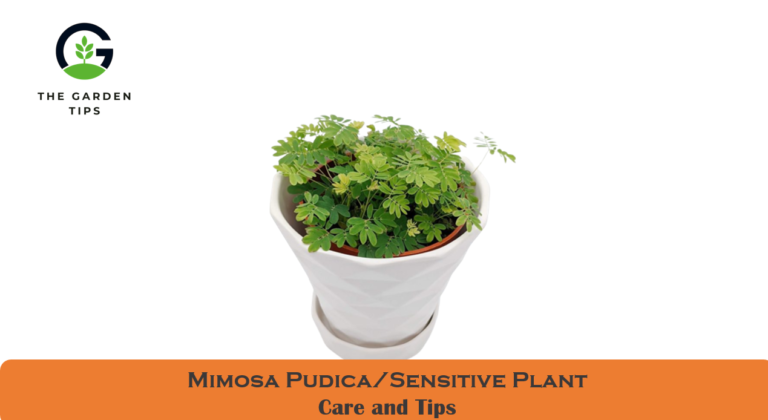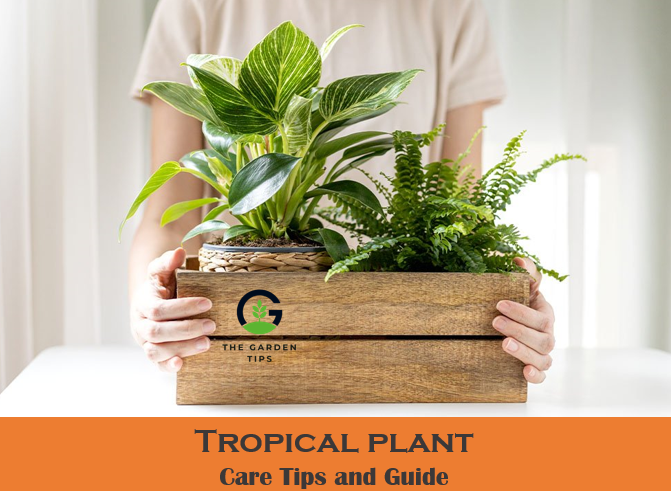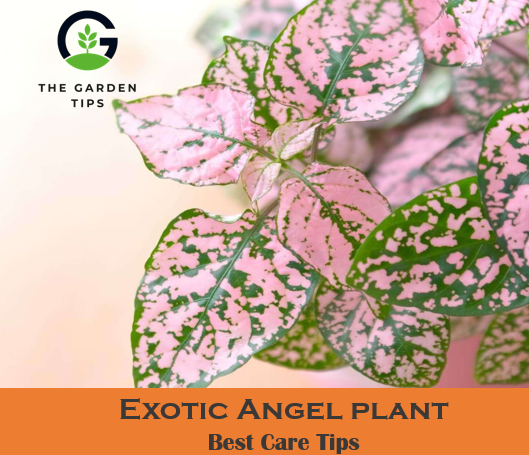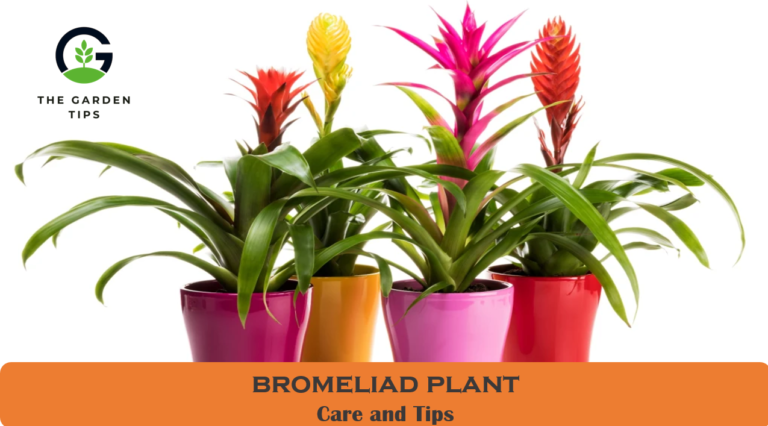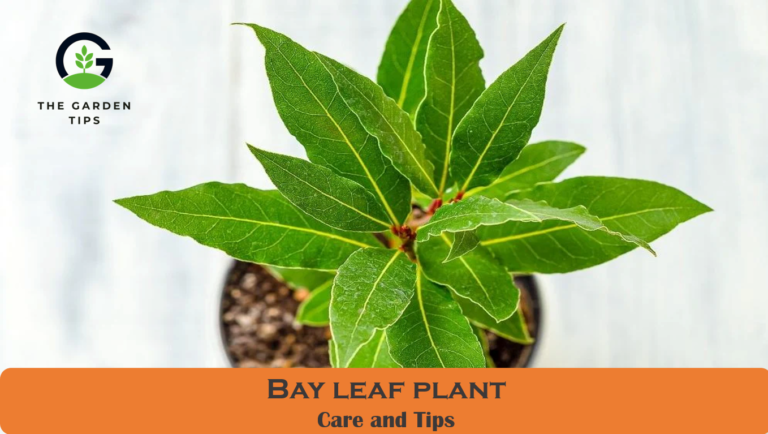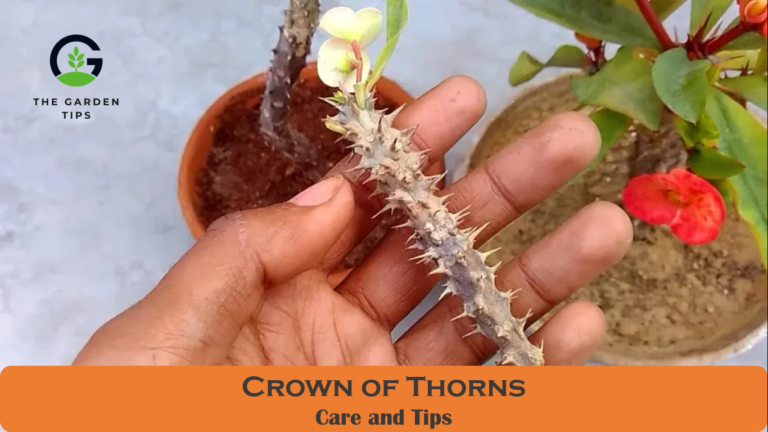Exotic Angel plants are beloved by many due to their unique and beautiful appearance. However, like other plants, they are susceptible to various diseases that can harm their health and appearance. Identifying and treating common diseases of exotic Angel plants is essential for ensuring their longevity and continued beauty.
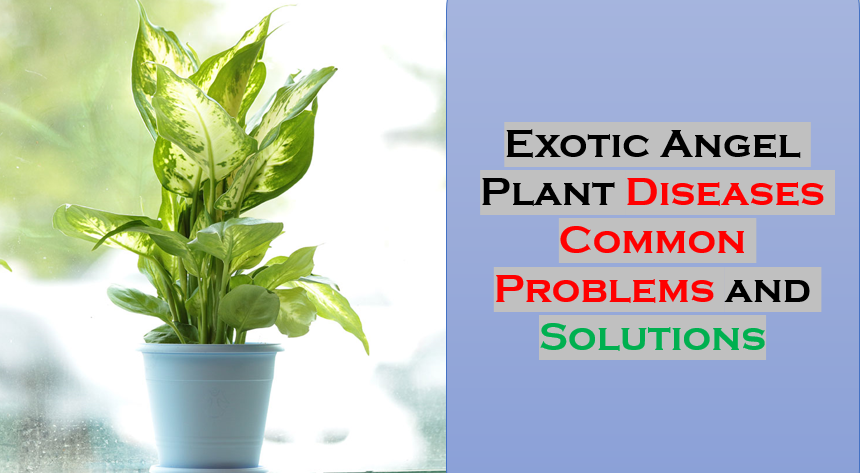
The most common diseases affecting exotic Angel plants include fungal infections, bacterial diseases, and viral infections. These can manifest in various symptoms, including yellowing or browning leaves, spots or lesions on the foliage, wilting or drooping stems, and stunted growth. While some of these diseases can be treated properly and managed, others can quickly lead to the plant’s demise if left untreated. This article will discuss some of the most common exotic Angel plant diseases and their solutions.
5 Common Diseases of Exotic Angel Plant
1. Root Rot
One of the most common exotic Angel plant diseases is root rot. Root rot is caused by a fungus that thrives in overly wet soil conditions. The fungus attacks the plant’s roots, causing them to become soft, mushy, and black. The plant will show signs of wilting, yellowing, and eventually dying.
Solution
The best way to prevent root rot is to ensure your plant is in a well-draining soil mix. You can also avoid over-watering and make sure the plant is not sitting in water. If your plant is already showing signs of root rot, remove the affected parts and repot the plant in a fresh soil mix.
2. Mealybugs
Mealybugs are tiny, white insects that feed on the sap of plants. If left unchecked, they can cause stunted growth, yellowing leaves, and even death. Mealybugs can be identified by their cotton-like appearance, often found in the crevices of leaves and stems.
Solution
Keeping your plant clean and healthy is the best way to prevent mealybugs. You can regularly wipe the leaves and stems with a damp cloth to remove any dust or debris. If you notice mealybugs on your plant, you can try to remove them manually with a cotton swab dipped in alcohol. You can also use insecticidal soap or neem oil to remove them.
3. Leaf Spot
Leaf spot is a fungal disease that affects the leaves of exotic Angel plants. It appears as small, circular spots on the leaves that gradually grow larger and merge. The affected leaves will eventually turn yellow and fall off.
Solution
To prevent leaf spots, ensure your plant is not overcrowded and has good air circulation. You should also avoid getting the leaves wet when watering your plant. If your plant is already showing signs of a leaf spot, you can remove the affected leaves and treat the plant with a fungicide.
4. Powdery Mildew
Powdery mildew manifests as a white powdery substance on the leaves and stems of plants and is caused by a fungal disease. If not dealt with, it can lead to stunted growth, yellowed leaves, and eventually the plant’s demise.
Solution
To avoid powdery mildew, keep your plant clean and healthy. You can regularly wipe the leaves and stems with a damp cloth to remove any dust or debris. You should also avoid overcrowding your plants and ensure good air circulation. If your plant shows signs of powdery mildew, you can treat it with a fungicide.
5. Spider Mites
Spider mites are the pest of exotic angel plants but they can feed on the sap of plants. If left unchecked, they can cause yellowing leaves, stunted growth, and even death. The tiny webs can identify spider mites they create on the leaves and stems of plants.
Solution
The best way to prevent spider mites is to keep your plant clean and healthy. You can regularly wipe the leaves and stems with a damp cloth to remove any dust or debris. If you notice spider mites on your plant, you can remove them manually with a cotton swab dipped in alcohol. You can also use insecticidal soap or neem oil to remove them.
Exotic Angel Plant Common Questions
1. Why is my exotic angel plant dying?
There could be several reasons why your exotic angel plant is dying. It could be over or under-watering, lack of nutrients, insufficient sunlight, pest infestations, or diseases. It would help if you investigated the plant’s environment and care routine to identify the root cause and take appropriate action.
2. Why is my Exotic Angel plant leaves turning yellow?
Yellowing leaves on an exotic Angel plant can indicate issues such as over-watering, nutrient deficiencies, pests, diseases, or inadequate lighting. You should evaluate the plant’s conditions and take steps to address the underlying cause.
3. How can I bring my plant back to life?
To bring your plant back to life, you must first identify the issue causing the plant’s decline. Once you have identified the problem, you can take steps to address it. This may involve adjusting the watering schedule, improving lighting conditions, adding nutrients, treating pests or diseases, or repotting the plant.
4. How do you treat yellow leaf disease?
Yellow leaf disease can be caused by various factors, including nutrient deficiencies, over or under-watering, pests, or diseases. The treatment will depend on the underlying cause. For example, if the issue is a nutrient deficiency, you can fertilize the plant with a balanced fertilizer. If the cause is pests or diseases, you may need to use an appropriate insecticide or fungicide.
5. Should yellowing leaves be removed?
Yellowing leaves can be a sign of a problem, but they may not always need to be removed. If the yellowing is due to natural aging, leaves are normal to yellow and fall off. However, if the yellowing is due to a disease or pest issue, removing the affected leaves can help prevent the issue from spreading.
6. Can yellowing leaves turn green again?
Once a leaf has turned yellow, it is unlikely to turn green again. However, if the underlying cause of the yellowing is addressed, new growth may appear and be healthy and green.
7. Should I cut off brown leaves?
If the brown leaves are caused by a disease or pest issue, it is recommended to remove them to prevent further spread. However, if the brown leaves are due to natural aging, it is normal for them to fall off on their own. It is important to identify the cause of the brown leaves before deciding to remove them.
Final Words
Exotic Angel plants are beautiful and unique but can also be susceptible to various diseases. The key to preventing these diseases is maintaining good plant care practices, such as proper watering, adequate lighting, and regular cleaning. If you notice any signs of disease, it is important to prevent further damage immediately. With the right care and attention, your exotic Angel plants can thrive and bring joy to your home for years.


